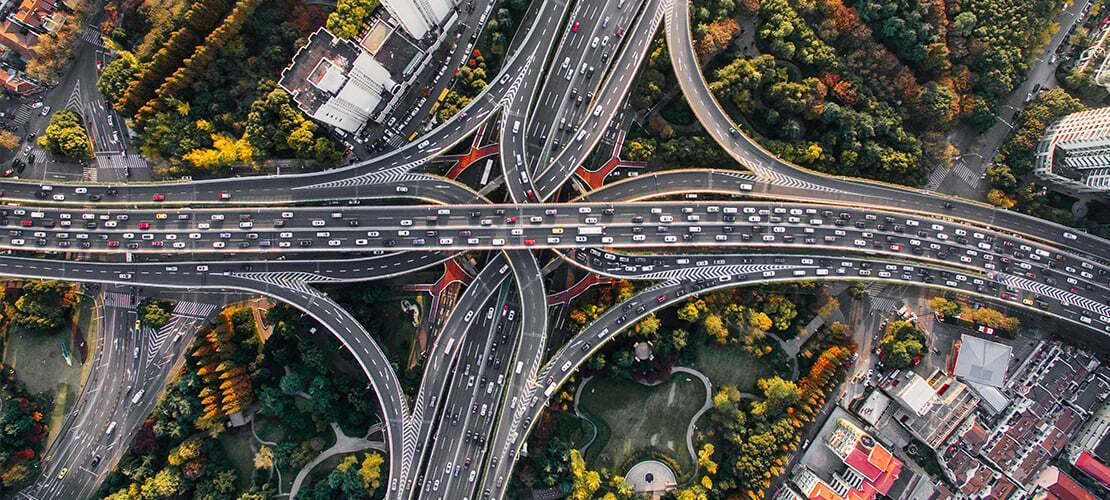Shops that open only to close again soon after. This has become an increasingly frequent occurrence in recent years. Making a wrong location decision can have fatal consequences for retailers, due to the growing pressure of e-commerce. Find out how to make the right location choices with our expertise, in three articles. Today in part 1: the importance of mobility and visibility.
Mobility: the decisive factor
Consumers are not prepared to travel very far. That is why mobility plays such an important role in a shop’s success.
As a result of the annually increasing congestion and the new digital “e-commerce” platforms, many shops are losing customers in their (tertiary) catchment area, which is much further. As a retailer, you must really factor in congestion issues when deciding on a location. When calculating travel times, always take into account structural congestion during your opening hours.
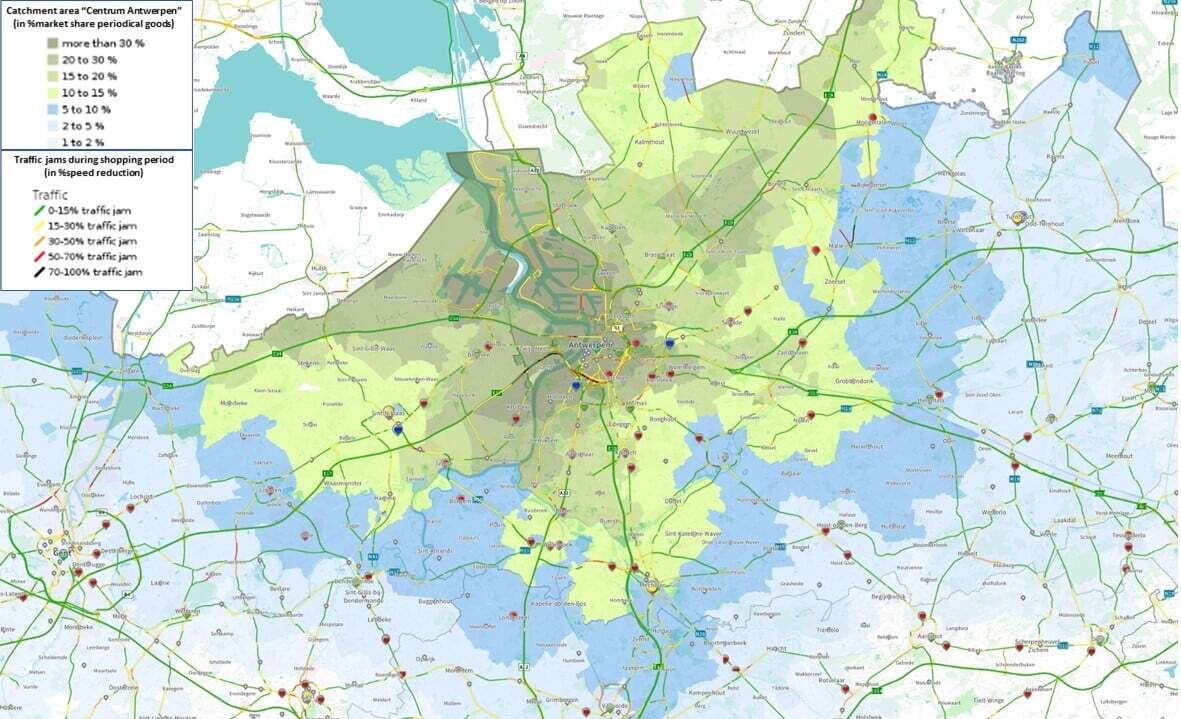
Cities and towns have an important responsibility in the years to come. They must find a way to cope with the increased pressure on mobility and come up with solutions for the existing and newly-approved retail locations. Investing in and promoting new forms of mobility is a must in this context.
Micro-accessibility and parking pressure
It is also vital that you carefully study the site’s micro-accessibility and parking pressure beforehand. Analyses at our customers revealed the substantial impact of these two aspects on a shop’s turnover. Bad local accessibility or insufficient parking spaces can reduce your turnover by 20 and even up to 40%.
Anyone who wants to calculate parking pressure should start by making a good analysis of the overall parking needs first. Don’t forget to take all the activities in the surrounding area into account (such as work, living, leisure, commuting…). The example below illustrates what can go wrong when you don’t do this. This car park, which is situated near shops, is already quite full at 8 am in the morning. But walk by a few hours later and you’ll realise that many of the same cars are still there. It’s easy to see why, as there are several offices - and employees - in the area. By taking into account activities in the surrounding area, you will have a more realistic idea of the area’s micro-mobility.
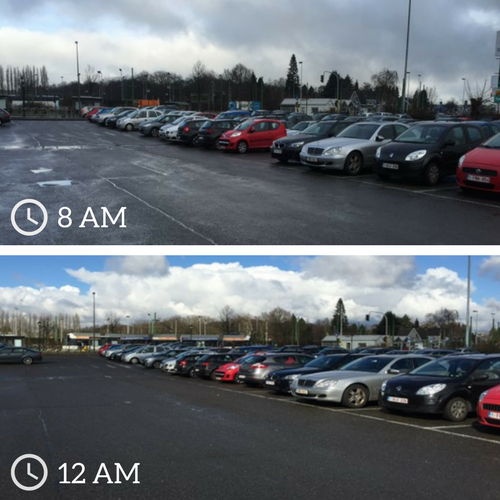
Visibility: make sure your customers notice you
Obviously, it’s not sufficient to have good accessibility. Take the example of Dok Noord (photo): a new shopping mall in Ghent in a trendy fast-developing neighbourhood. In addition to shopping, you can also work, exercise and relax here. The only problem? Many people have no clue it’s even there because of the total lack of visibility . And yet Dok Noord is situated next to the ring road around Ghent, where thousands of potential customers pass through every day.
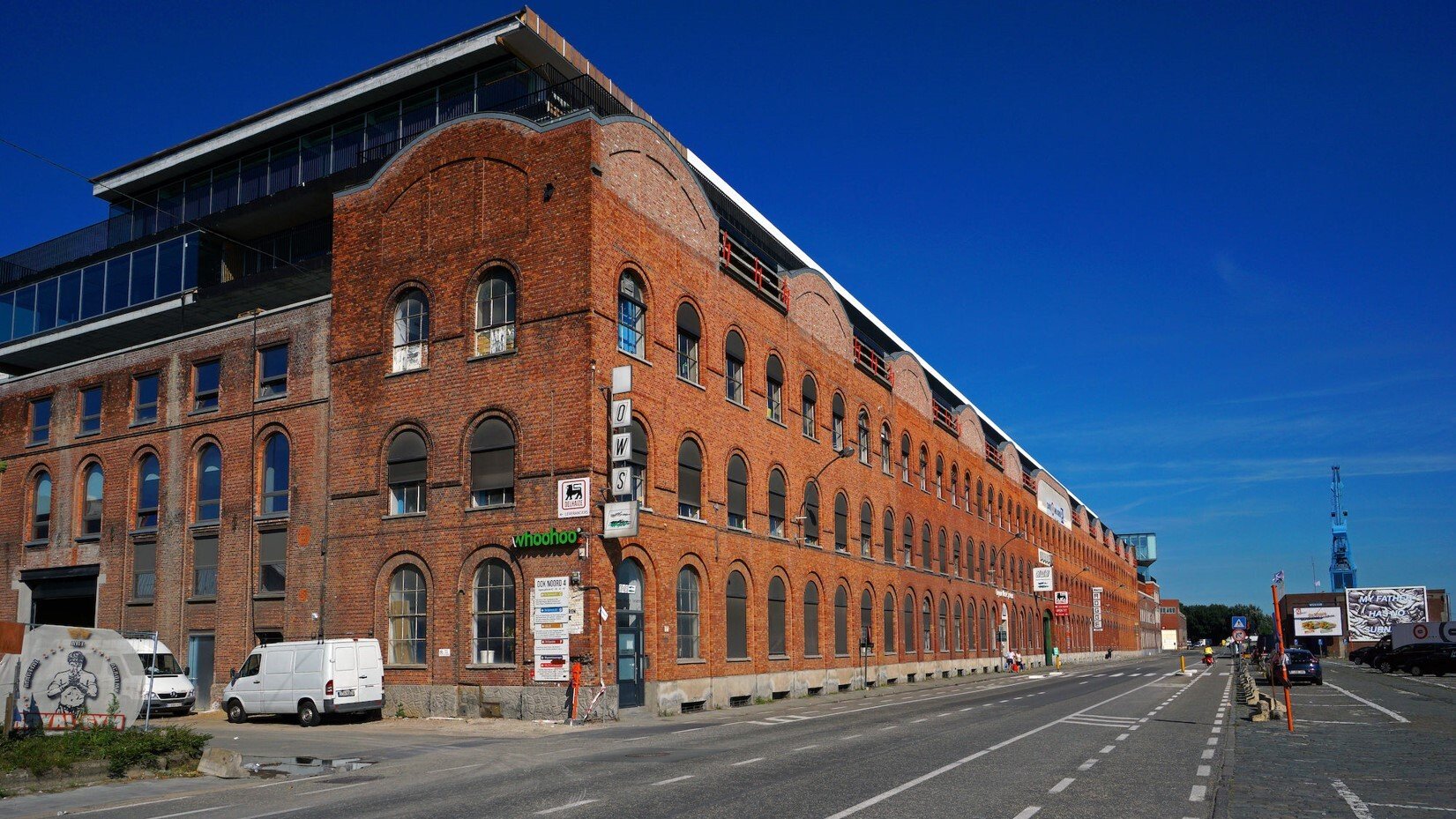
As a retailer it’s worth your while to stand out on the street. You can do this by choosing a greater façade width, or a location close to the street, façade lighting, a sign and clear signage. You can achieve a turnover increase of 10 to 20% in some cases for some locations.
You can also stand out online. A good online store nicely complements your physical store. And of course there are plenty of digital opportunities. As a retailer, location-based marketing enables you to reach people who are in the vicinity of your store. Retailers such as Decathlon have already found their way to mobile apps such as Waze. This enables them to send targeted messages to (potential) customers that are driving around in the vicinity.
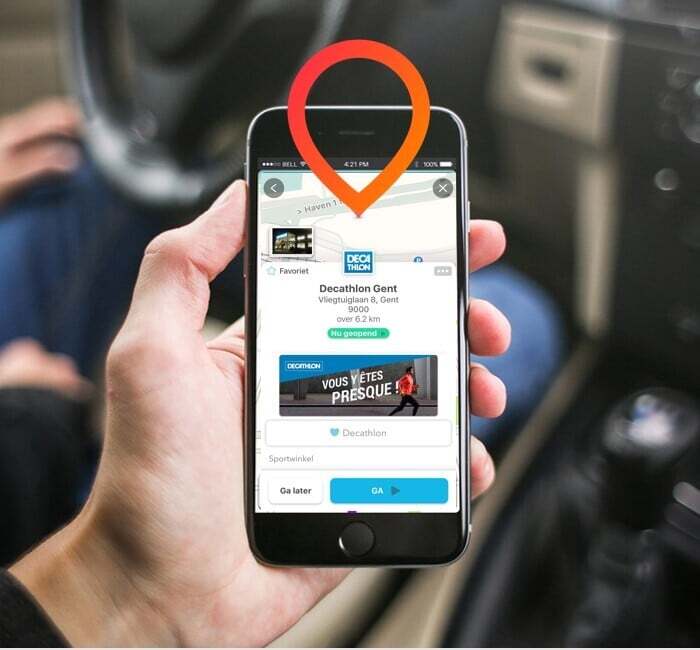
This mobile marketing can thus generate nice added value, on condition that the content is sufficiently relevant. The conclusion: ensure that you have sufficient visibility, both physically and online.
Curious about part 2? Find out here why you should search for the right neighbours!
